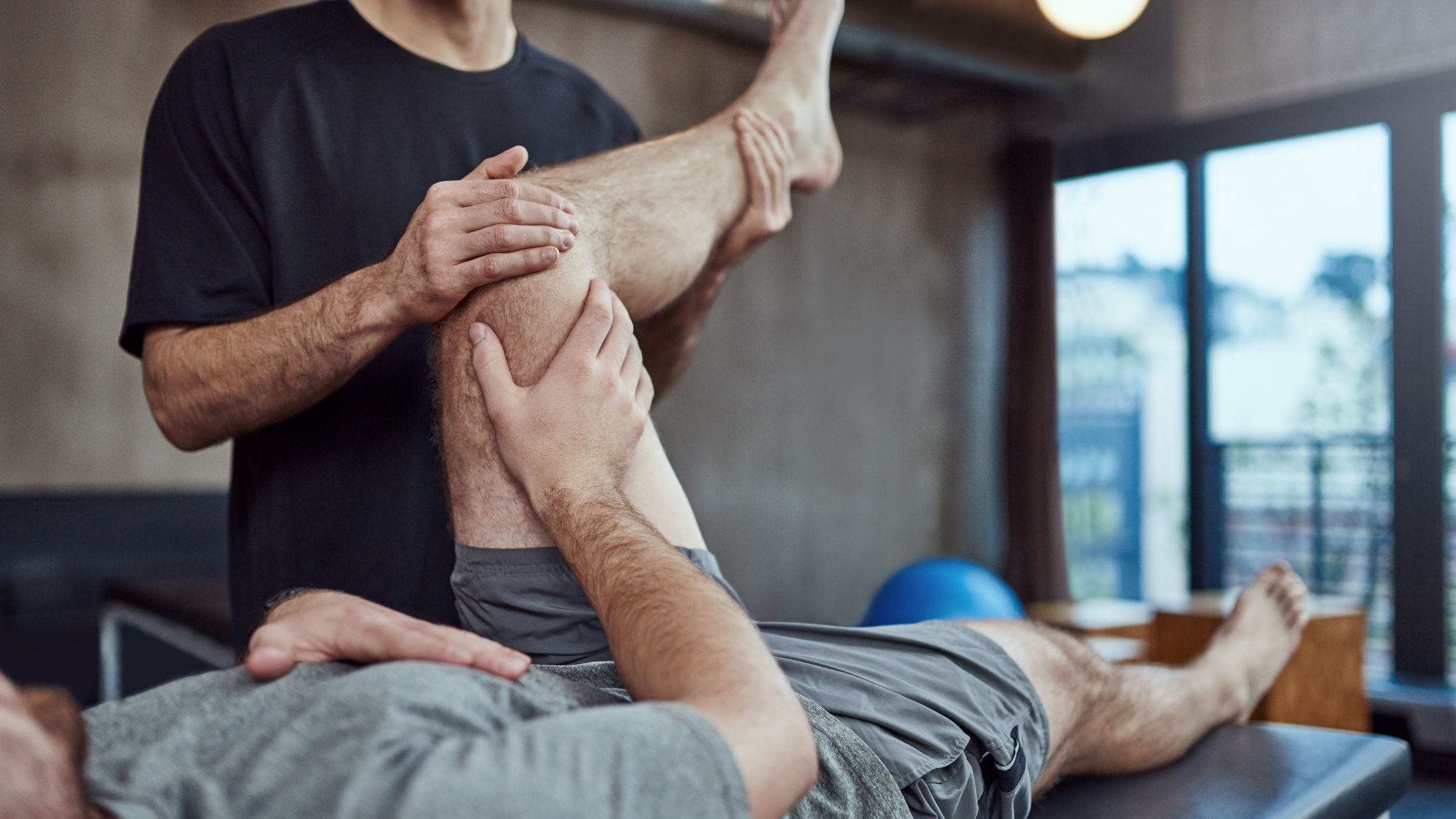

So, if I’m a Strength Coach with limited resources, what’s the easiest way to assess vertical jump improvement?
Jump height has the same issues as assessing power output as I said, you can have the same jump height but a shorter or longer movement time. Shorter movement time being a positive adaptation, a longer movement time being negative or an indicator of fatigue if it’s taking you a longer duration to jump the same height. And that would be the same if you’re just using a gross measurement like power.
What you really need, and most people might not have this available, you need a force platform of some kind. There are a lot of force platforms out on the market now which are more affordable. Prices range from $1,200-1,500 for some relatively cheap force platforms up to $38,000 which is ridiculously expensive. However, if you look at some of the manufacturers on the market like Hawkins Dynamics, their fully automated systems are cost-effective and they allow you to look at movement time and jump height together. How long did it take them to create that jump height? What you’re looking at is the reactive strength index modified or flight time: contraction time ratios which are built into a lot of those commercially available force platform systems in their software. If you don’t have a force plate, if you’ve only got a jump mat or some optoelectronic system to assess jump height, the problem is you’re only to get jump height from flight time. It won’t give you the movement time because you’re in contact with the jump mat the entire time. We discuss options from smartphone apps, to contact maps, to force plate for jump tests in The Academy Guide to Vertical Jump Testing.
And if you can’t afford a jump platform?
The other option then so you can still get contact time and flight time to give you the reactive strength index from a drop jump is just doing a drop jump with some form of an optoelectronic system or jump mat. But what you have to be aware of is if you set a 12-inch box and you ask your athlete to drop off that, they very rarely drop off the full 12-inches. They’ll step down part of the way or they’ll jump off it. Unfortunately, you’re not always comparing like with like but if you’ve only got a jump mat system which gives you contact time and flight time, that’s probably the next best option. But you have to be cautious in interpreting that data, observing the athlete, and making sure that they really are dropping from that height and not stepping down from the box.

Recent Comments